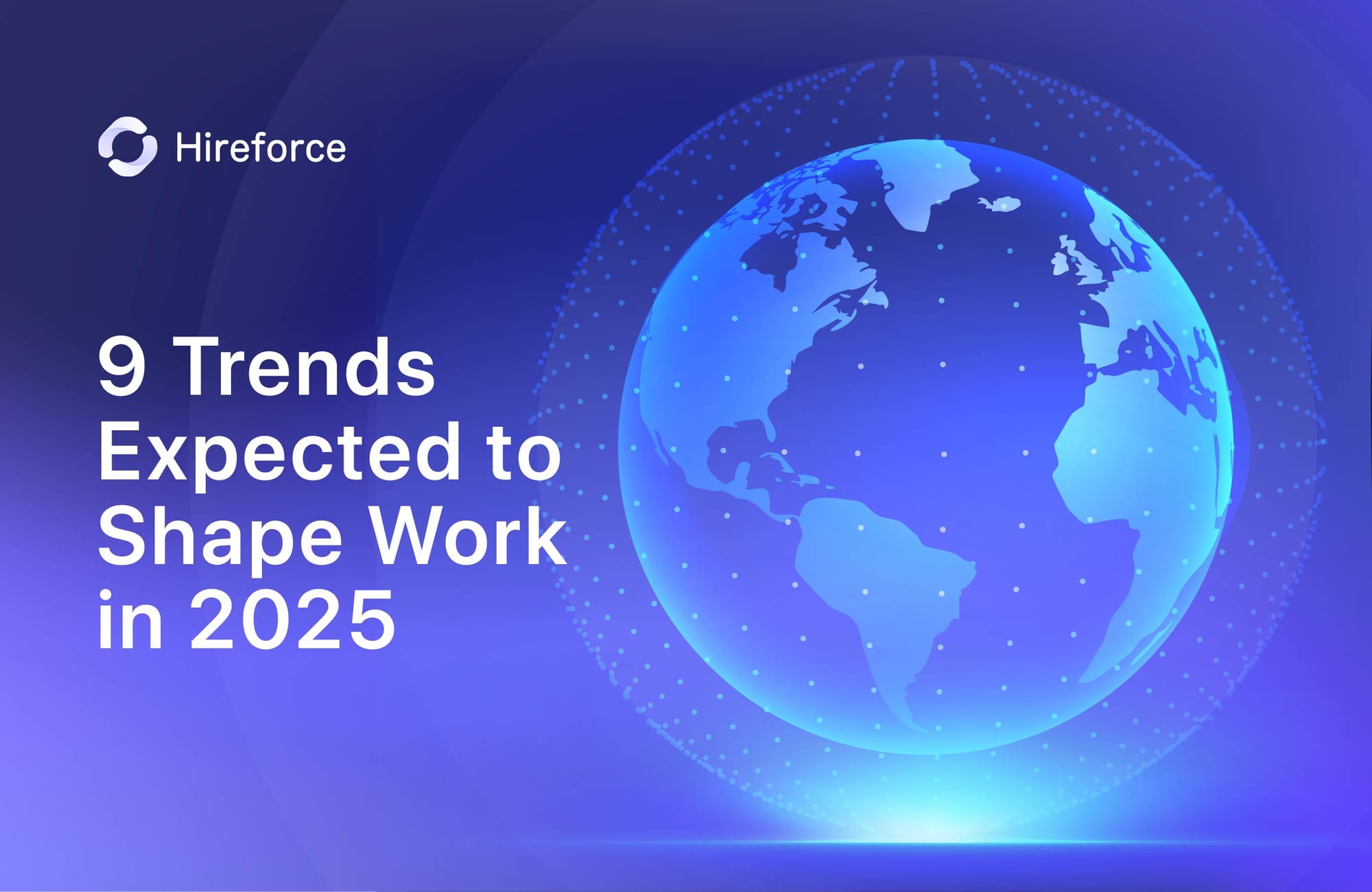In late October 2025, Amazon announced 14,000 corporate layoffs and framed the move not as a cost or AI play, but as a cultural reset to remove layers and move faster. CEO Andy Jassy called it “about culture," aiming to operate more like a "world's largest startup," with fewer layers between leaders and those doing the work.
Amazon layoffs and the shift to lean organizations
The headline isn't just the number; it's the operating model. Amazon's message mirrors a broader "Great Flattening" in Big Tech: cutting unnecessary layers to speed up decisions and strengthen ownership.
Analysts note the context: AI is accelerating coordination, making some traditional managerial tasks (reporting, synthesis, status tracking) less central.
- Amazon reiterated its plan to keep "removing layers" through 2026 to improve agility and ownership.
- Microsoft, Google, and others have also reduced the number of layers in 2025 while advancing AI initiatives and streamlining their structures.
We've heard plenty of cost-cutting and economic slowdown justifications over the past two years. But this narrative is different and more honest about what's actually happening.

Why skills intelligence beats headcount planning
Relying on titles, org charts, and headcount targets is too blunt for flatter, faster companies.
Skills intelligence is a real-time, standardized view of capabilities that shows what teams can actually do, where gaps exist and how to redeploy talent quickly.
Leading research in 2025 underscores that the adoption barrier is leadership and operating model readiness, not employee willingness.
Skills intelligence vs traditional workforce planning
- Traditional planning: Emphasizes roles, spans/layers, and budget.
- Skills intelligence: Maps skills to work, matches people to opportunities, and guides targeted upskilling essential in lean structures.
Internal mobility with skills intelligence
After large reorganizations, the fastest way to fill critical roles is from within. Internal mobility retains knowledge, reduces time-to-fill, and signals investment in people.
In lean models, skills intelligence helps identify adjacent skills, surface "silver medalists," and redeploy talent to where it creates the most value before resorting to external hiring.
Role design around skills, not titles
Flattening demands flexible roles. Defining work by core competencies, adjacent skills, and learning pathways creates roles that are portable and adapt as priorities shift. It also strengthens succession and workforce planning by focusing on capabilities instead of credentials.
Preparing teams for AI collaboration
Middle management doesn't disappear, it evolves. Leaders who thrive will pair AI for coordination and reporting with human strengths: judgment, stakeholder alignment, creative problem solving, and change leadership. Surveys and reporting show managers increasingly rely on AI for decision support, accelerating the shift toward leaner structures.
How TalentsForce enables skills-first, lean operations
TalentsForce Talent Intelligence Platform gives HR and business leaders the operating system for skills intelligence:
Skills inventory: A 70,000-item skills taxonomy standardizes language across roles and functions for precise mapping.
Automated skills extraction: NLP infers capabilities from resumes, profiles, projects, and performance data.
AI matching for internal mobility: Quickly surface internal candidates, silver medalists, and adjacent-skill fits to reduce time-to-fill.
Position management by competencies: Define roles by skills and proficiency levels, not just job descriptions.
Workforce analytics: Real-time gaps, succession readiness, and capability trends to guide build vs. buy decisions.
Career navigation: Employees see skill-based paths and resources, reducing flight risk while growing capacity.
The bottom line
Amazon's 14,000-role cut is a preview of how AI-enabled, lean enterprises will operate: flatter hierarchies, skills-based flexibility, and greater ownership at the edges.
Organizations that adopt skills intelligence now will make faster, more accurate talent decisions and keep their best people engaged through visible, real growth paths.





